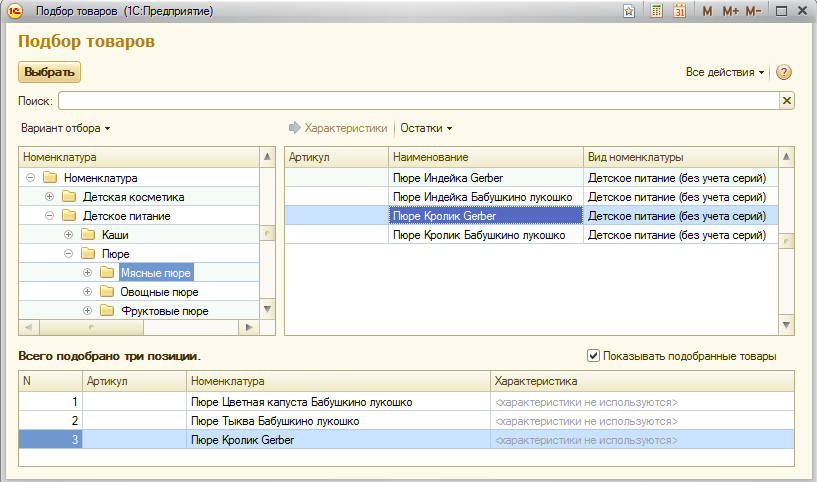
Pustoj Blank Cennika
Contents • • • • • • • • Distribution [ ] Allium chinense is native to (in,,,,,,,,,, and provinces) plus in areas where it is also deliberately planted. It is in other parts of as well as in. Uses [ ] Culinary [ ] Owing to its very mild and 'fresh' taste A. Chinense is often and served as a side dish in and, to balance the stronger of some other component in a meal. For example, in it is eaten with as a garnish.
In Vietnam, pickled A. Chinense is often served during (Vietnamese New Year). [ ] Medicinal [ ] Allium chinense is used as a in to help the, and as a. Names in other languages [ ]. • Brummitt, N. Allium chinense.
The IUCN Red List of Threatened Species 2013: e.T4436666.: Downloaded on 05 January 2019. World Checklist of Selected Plant Families. Retrieved 2013-05-28. Madness project nexus 2 skachatj torrentom. (ARS), (USDA).
Retrieved 2017-12-15. • ^ Multilingual Multiscript Plant Name Database: University of Melbourne.
Aug 8, 2018.ru/poets/amster88/nowy-adserwer-i-nowy-cennik-reklam-w-interiapl/ 0.2. 0.1 monthly 0.1 monthly. 0.1 monthly 0.1 monthly. Allium chinense is native to China (in Anhui, Fujian, Guangdong, Guangxi, Guizhou, Hainan, Henan, Hubei, Hunan, Jiangxi, and Zhejiang provinces) plus in areas where it is also deliberately planted. It is naturalized in other parts of Asia as well as in North America.

Updated 3 August 2013. Retrieved 5 September 2014. Archived from (PDF) on 25 May 2017. Retrieved 17 December 2016 – via. • • Block, E.
Royal Society of Chemistry. • • • • James A. Duke's Phytochemical and Ethnobotanical Databases. Retrieved 2017-12-15. External links [ ] • Media related to at Wikimedia Commons.
The Comanche (: Nʉmʉnʉʉ) are a from the whose historic territory consisted of most of present-day northwestern Texas and adjacent areas in eastern, southeastern, southwestern, western, and northern. The Comanche people are as the Comanche Nation, headquartered in. The Comanche were the dominant tribe on the southern Great Plains in the 18th and 19th centuries.
They are often characterized as 'Lords of the Plains' and, reflecting their prominence, they presided over a large area called which a modern historian has characterized as the 'Comanche Empire.' Comanche power was based on,, trading, and raiding. They hunted the bison of the Great Plains for food and skins; their adoption of the horse from Spanish colonists in New Mexico made them more mobile; they traded with the Spanish, French, Americans and neighboring Native American peoples; and (most famously) they waged war on and raided European settlements as well as other Native Americans.
They took captives from weaker tribes during warfare, using them as slaves or selling them to the Spanish and later Mexican settlers. They also took thousands of captives from the Spanish, Mexican, and American settlers and incorporated them into Comanche society. Decimated by European diseases, warfare, and encroachment by Americans on Comancheria, the Comanche were defeated by the United States army in 1875 and confined to a reservation in Oklahoma. In the 21st century, the Comanche Nation has 17,000 members, around 7,000 of whom reside in tribal jurisdictional area around Lawton,, and the surrounding areas of southwestern Oklahoma.
The Comanche Homecoming Annual Dance is held annually in, in mid-July. The is a language of the family, sometimes classified as a dialect. Only about 1% of Comanches speak their language today. The name 'Comanche' is from the name for them, kɨmantsi (enemy), but known to the French as Padoucas, an adaption of their Sioux name, and among themselves as Nʉmʉnʉ (people). Contents • • • • • • • • • • • • • • • • • • • • • • • • • • • • • • • • Government [ ] The Comanche Nation is headquartered in Lawton, Oklahoma. Their is located in,,,,,,,.